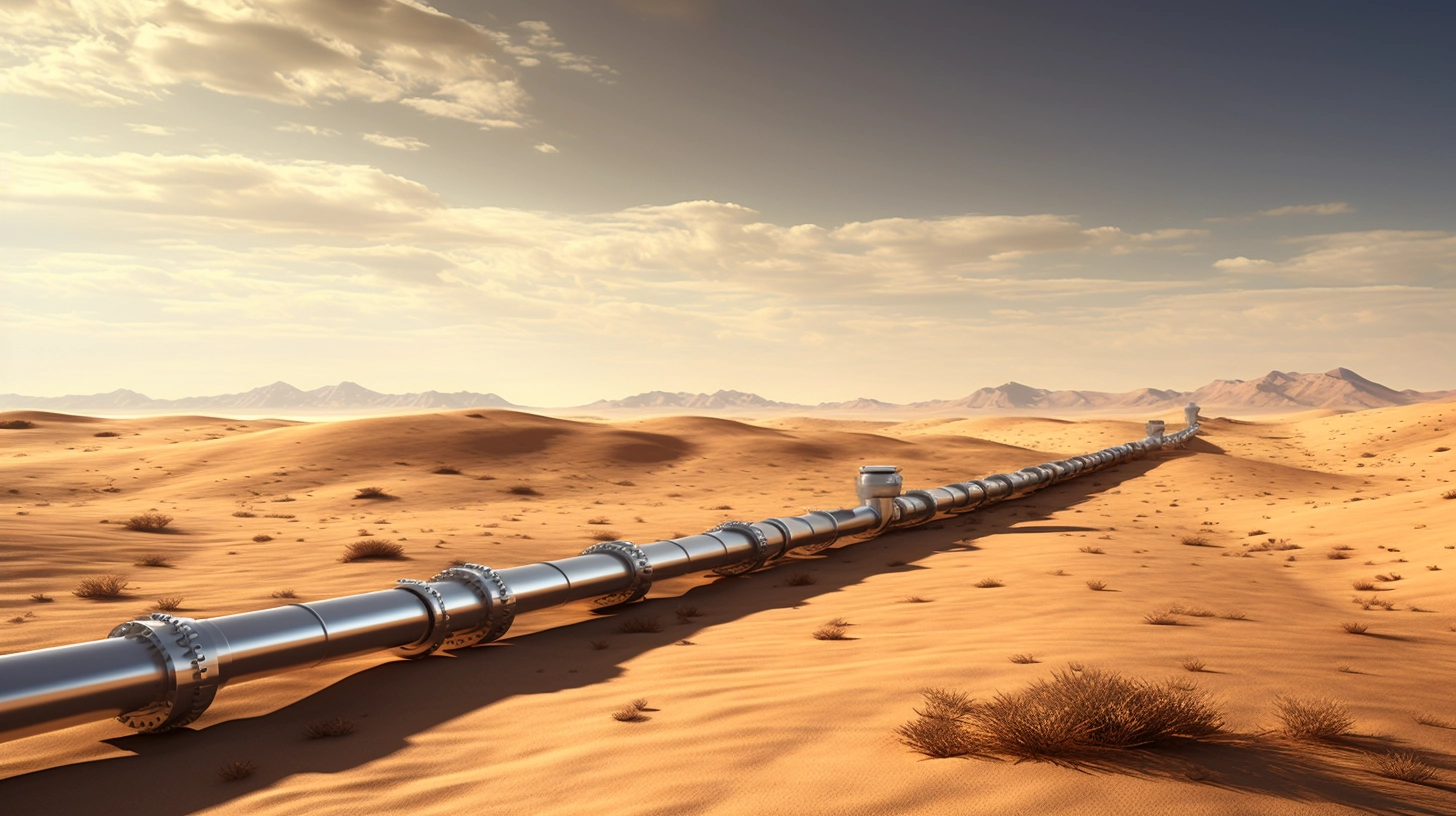The water industry is a critical pillar of modern society, responsible for delivering clean, safe water to homes, businesses, and public spaces. Central to this mission is the task of water pipe inspections, a process that ensures the integrity of our water systems. With the advent of new technologies and methodologies, there are now ways to streamline these inspections, enhancing field productivity and office efficiency. This article delves into these strategies, providing insights on how to optimize water pipe inspections.
Understanding the Importance of Water Pipe Inspections
Water pipe inspections play a pivotal role in maintaining the health and safety of our water supply. They allow for the early detection of leaks, corrosion, and other issues that could compromise the quality of water or lead to costly repairs if left unaddressed. According to a report by the American Water Works Association, an estimated 240,000 water main breaks occur annually in the United States, underscoring the importance of regular inspections.

Moreover, these inspections are crucial for compliance with regulatory standards. They help water utilities demonstrate their commitment to delivering safe, clean water, thereby fostering trust among consumers and stakeholders. However, traditional inspection methods can be time-consuming and labor-intensive, necessitating a shift towards more efficient practices.
Boosting Field Productivity
Adopting Advanced Inspection Technologies
One of the most effective ways to enhance field productivity is through the adoption of advanced inspection technologies. Tools such as acoustic sensors, smart water meters, and pipe inspection cameras can significantly speed up the inspection process while providing more accurate and detailed data.

For instance, acoustic sensors can detect the sound waves produced by leaks, allowing for early detection and repair. Similarly, smart water meters can monitor water usage in real-time, helping to identify anomalies that may indicate a problem. Pipe inspection cameras, on the other hand, provide a visual assessment of the interior of pipes, enabling inspectors to identify issues such as blockages or structural damage.
Implementing Predictive Maintenance Strategies
Predictive maintenance strategies can also boost field productivity by enabling proactive rather than reactive maintenance. These strategies leverage data from inspection technologies to predict when a pipe might fail or require maintenance, allowing for timely interventions.
According to a study by the McKinsey Global Institute, predictive maintenance could reduce maintenance costs by 10-40%, increase equipment lifespan by 20%, and reduce downtime by up to 50%. By implementing predictive maintenance strategies, water utilities can optimize their field operations, reduce costs, and improve service reliability.
Enhancing Office Efficiency
Streamlining Data Management
Effective data management is key to office efficiency in water pipe inspections. With the vast amount of data generated from inspections, it’s crucial to have systems in place that can store, analyze, and present this data in an accessible and meaningful way.

Implementing a centralized data management system can help achieve this. Such a system can automate data collection, analysis, and reporting, freeing up staff time for other tasks. Additionally, it can provide real-time insights into the state of the water network, supporting informed decision-making.
Investing in Employee Training
Investing in employee training is another strategy to enhance office efficiency. By equipping staff with the skills and knowledge to use new technologies and methodologies, water utilities can ensure a smooth transition to more efficient practices.
Training should cover not only the technical aspects of new tools but also the interpretation of data and the implementation of predictive maintenance strategies. This holistic approach to training can empower employees to contribute to the streamlining of water pipe inspections, fostering a culture of continuous improvement.
Conclusion
Streamlining water pipe inspections is a multifaceted endeavor, requiring a combination of advanced technologies, predictive maintenance strategies, efficient data management, and comprehensive employee training. By adopting these strategies, water utilities can enhance both field productivity and office efficiency, ultimately delivering better service to their customers.
As the water industry continues to evolve, so too will the methods for conducting water pipe inspections. By staying abreast of these developments and continually striving for improvement, water utilities can ensure the integrity of our water systems, safeguarding this vital resource for future generations.
